“No-one was looking at the Strat when Yngwie picked one up in ’86 – everybody had left it behind after Hendrix. It just continues to reinvent itself and get rediscovered”: Justin Norvell has to guard Fender’s glittering past, while securing its future
Fender remains the world’s number one guitar firm, but as the firm’s EVP of Product tells us, it’s thinking about musicians first – not gear – that keeps it top of the pile
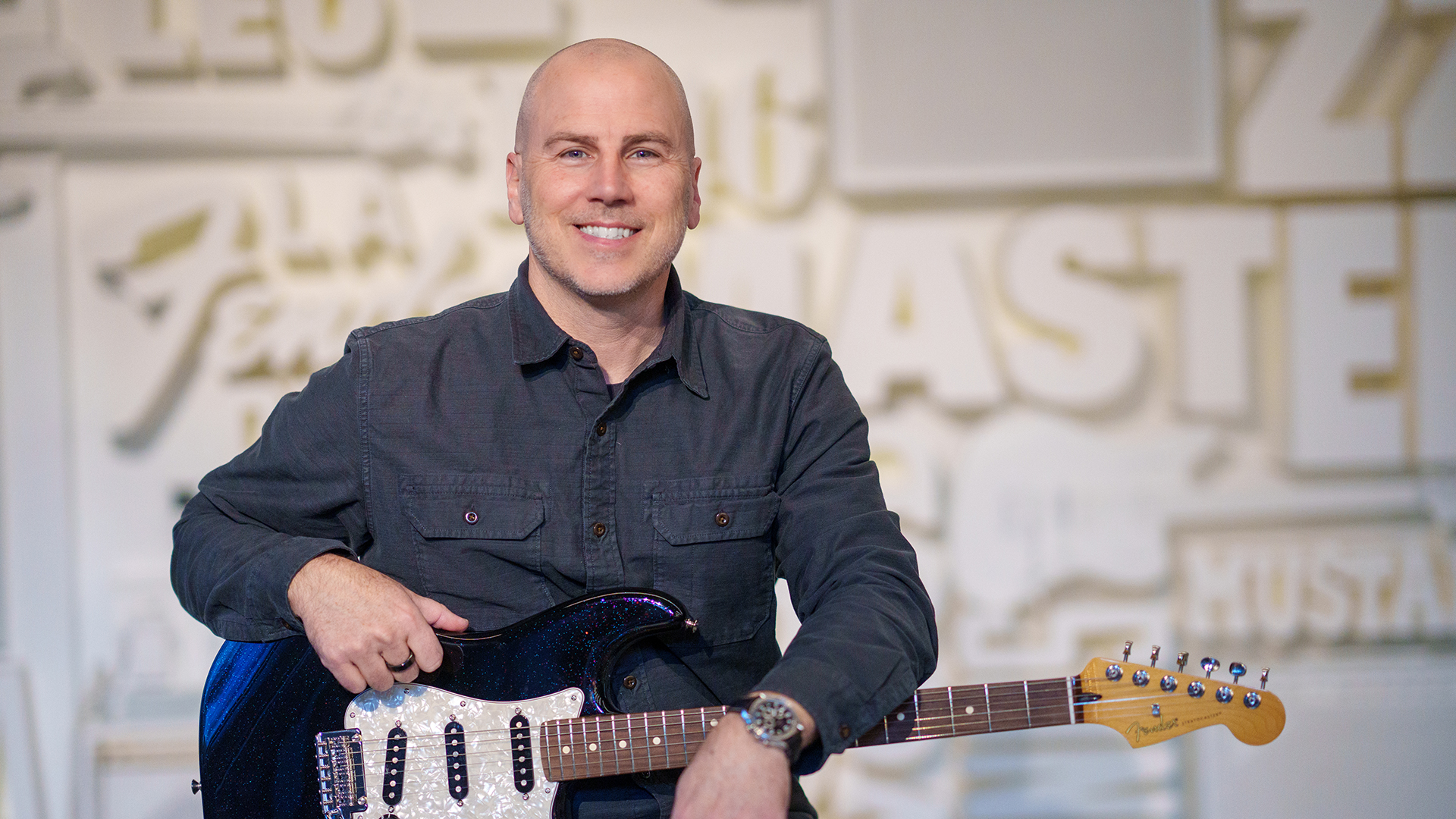
Justin Norvell has one of the biggest jobs in the guitar industry. Put simply, he is the person who decides what Fender does – or does not – make.
He started where we all did, as a player. For Norvell, though, that hobby has turned into a responsibility: one that sees him tasked with holding up the legacy of Fender’s historic and commercial position as the world’s number one guitar firm.
As EVP of Product, he reports directly to FMIC CEO Andy Mooney and is therefore the de facto guardian of the list of stars written in the brain of every guitarist: the Strat, the Tele, the Mustang, the Jazzmaster, the Fender Deluxe, the Twin, the Bassman – the list runs on and on.
Having begun life at Fender in a customer service role in 1996, Norvell worked his way up to running the Squier line in 2005 and eventually, took over all Fender product, in 2018.
From the lavish recreation of the Mike McCready Strat, through to the (as he explains below) somewhat fraught development and launch of the firm’s game-changing Tone Master Pro modeling amp last year and even its burgeoning effects line – none of it happens without Norvell’s say so.
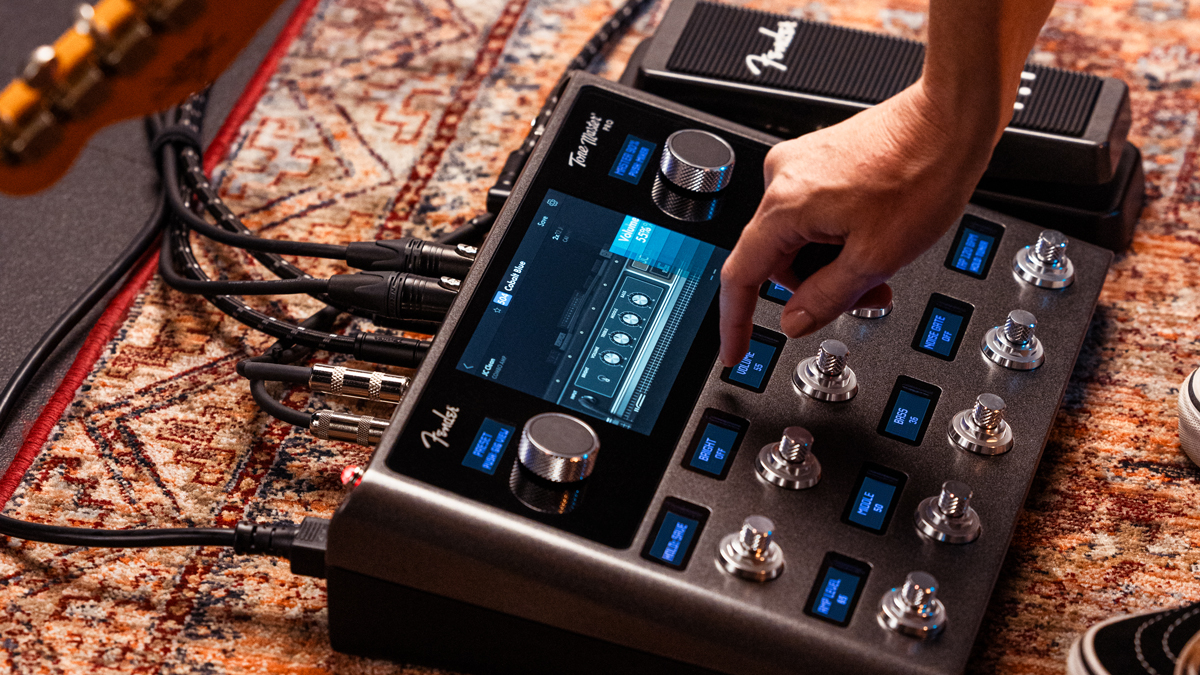
As such, his decisions have the ability to make or break the central pillar of the awe-inspiringly vast Fender Musical Instruments Corporation – a business worth somewhere between $2-3 billion dollars.
It’s going well – and, 70 years on from the launch of the Strat, the Fender of 2024 remains in rude health, but it’s not been without challenge. Since 2020 alone, Fender has weathered the vast peaks and troughs of the pandemic playing boom, navigated the worst supply chain crisis since WWII and undertaken it’s biggest and most complex product launch yet, with the arrival of the aforementioned Tone Master Pro.
All the latest guitar news, interviews, lessons, reviews, deals and more, direct to your inbox!
On top of all of that, we are, collectively, at a huge crossroads in technology and music-making approaches, too. When a player owning an amp is no longer a given and, nor for that matter, is jamming with other people – or even a human writing music.
So how is Fender dealing with all of the above? And what does Norvell think will happen next?
We’ve got more than a few questions for him. So step up for a guided tour around the mind of one of the guitar industry’s biggest decision-makers – from the Tone Master Pro’s development and what is next for the lauded modeler, to the trouble with tubes, price rises and why, even as Fender celebrates the Strat’s 70th anniversary, the longevity of the world’s most iconic electric guitar is not necessarily “a given”...
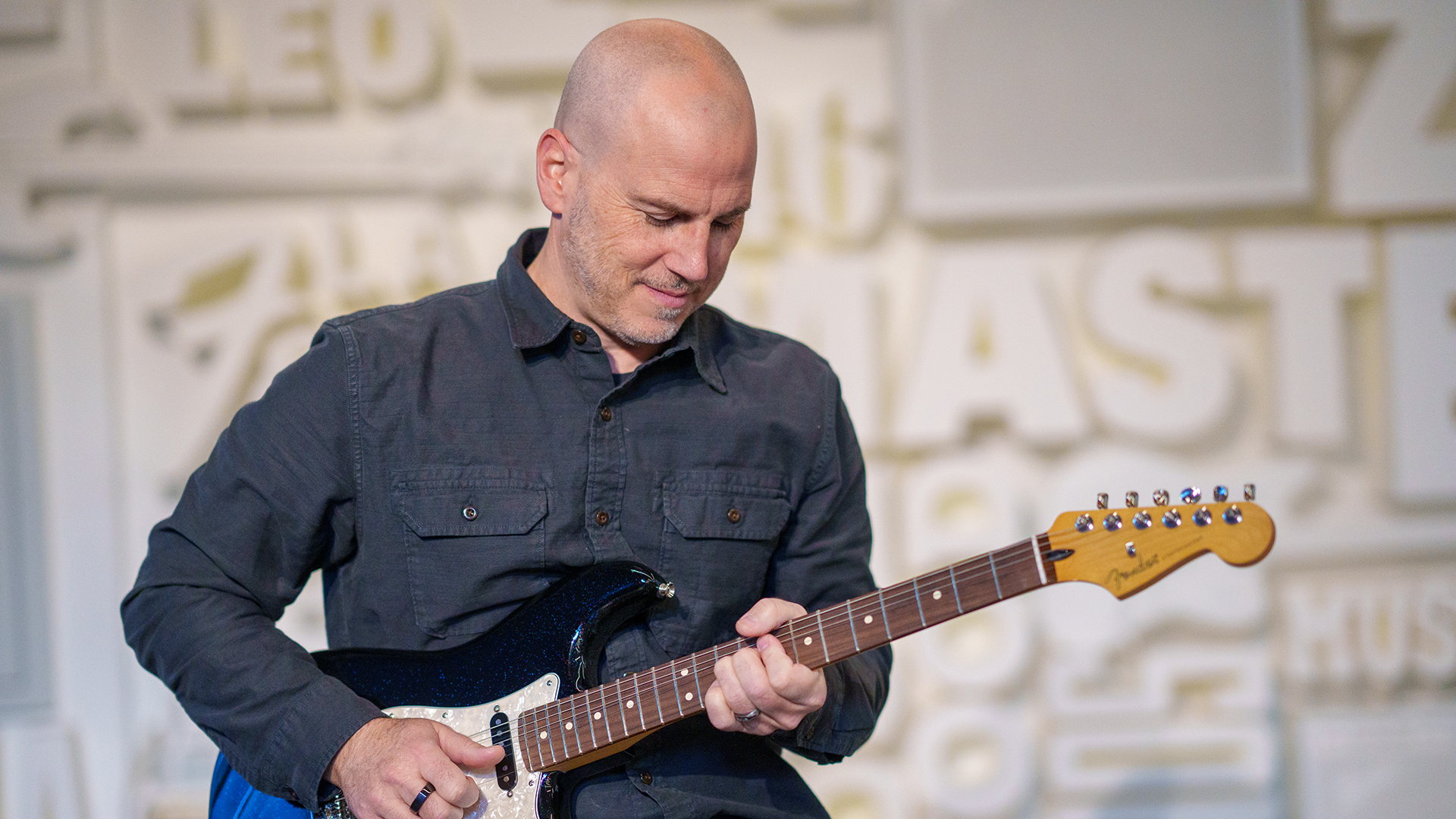
You've been with Fender for almost 30 years. When it comes to deciding the guitars and products that actually make it into production at Fender, how has that changed in your time at the company?
I've been at Fender 28 years and it was a much narrower berth [when I started]. We were mostly doing Strats and Teles. I think there was one Jazzmaster in the lineup, no Mustang at the time and amps were all tube amps
“I would say the aperture has widened and we're more cognizant of pacing and timing... I've been at Fender 28 years and it was a much narrower berth [when I started]. We were mostly doing Strats and Teles. I think there was one Jazzmaster in the lineup, no Mustang at the time and amps were all tube amps.
“Looking at the makeup of our amp department is probably the most analogous way [to illustrate how] things have changed. Now it's not even, ‘Oh, do we do a digital amp? Do we do an analog amp?’
“The way that people play now, the [whole] idea of an amp – and even the idea of being in a garage band and getting together and playing – for a lot of people, that's probably not the norm anymore. It's more people in front of a laptop sending stuff back and forth.”
GarageBand on the laptop…
“Even at the highly professional level. And so, now it’s thinking about use cases and evolving. You can keep that Deluxe Reverb tone, but it gets delivered differently – in a way that's more [suited to] the usage of a player.
“It’s like how people say that when rail travel ended, and air travel came in, the rail companies could have owned all the airlines if they thought they were in the transportation business – but they were in the ‘rail business’, so they were thinking smaller.
“So, yes, we make Stratocasters, we make Telecasters, we make these iconic things, but we're really about serving musicians – and form factors change, delivery systems change.
“We're not overly precious and that's one of the things that helps retain relevance as you go forward. You don’t want just a ream of people playing Buddy Holly and that's what a Fender is for. Buddy Holly's fantastic, but it needs to be this thing that keeps moving.”
Tackling the Tone Master Pro
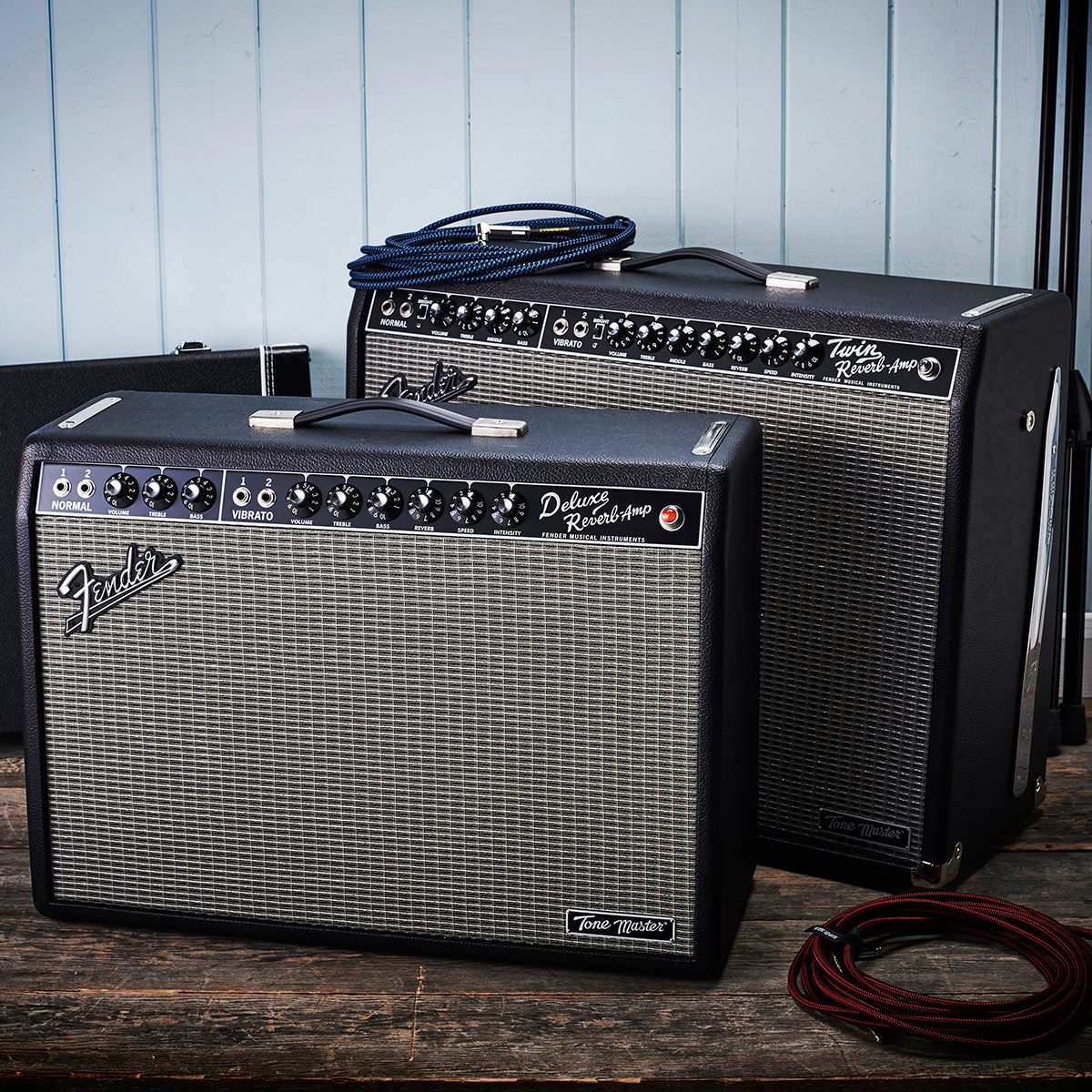
This brings us on to the headline product for Fender of the last year, the Tone Master Pro modeler. It was in development (and kept secret) for years. How did it come together – and how did you feel in the weeks running up to the launch?
“It was probably four or five [years in the making]. It started when we did the first Tone Master amps and digitized the tube amp [with the Twin]… There was a lot of trepidation there, even back in those days, of like, ‘How is this gonna be received?’
“These are sacred, holy items and I think breaking through that and being well-received gave us a boost of confidence. We knew that the bedrock of our tones [on the TM Pro] would be these iconic amps.
“We’re uniquely positioned because a lot of the products in this world are tech companies, basically. The vehicle is the product, whether it's Kemper, Helix, or any of them – those are tech companies, and then they fill it with the sounds of amps.
“But we are one of the amp companies and we have those people in our midst – and they are next door to the person that's doing the [digital] wireframe. When we come up with a sound, we can A/B it against the real thing right there – and have the analog engineer and the digital engineer next to each other. So we knew that was a distinct advantage of ours.”
What did you want to do different with the Tone Master Pro?
Our goal was not to ‘take out’ the other [modeling] companies. It was really to expand that market
“We definitely didn't want to just enter that market and be a ‘me too’ product or just be like, ‘And now here's Fender’. One of the things that we wanted to do was democratize it.
“The idea of a Fender amp, especially a black panel or tweed, is ‘it's five knobs and the truth’. It's not a ton of dip switches and knobs. It's intuitive and user-friendly. And our goal was not to ‘take out’ the other [modeling] companies. It was really to expand that market.
“Because there is a sect of players that are highly technical and they get all into it. And then there's this other massive audience that looks at that and goes, ‘That looks really cool. But it's intimidating and it's probably too complicated for me.’
“We were like, ‘Could we bring Fender simplicity to this and open up the market, so that it grows the whole thing?’ So I think that was a big charge of ours.
“But yeah, I mean, in the weeks up to it, of course, we [were nervous]. It's probably the biggest product we've ever done. It was so dense, it was so deep. And it got redone a bunch of times over those four years.”
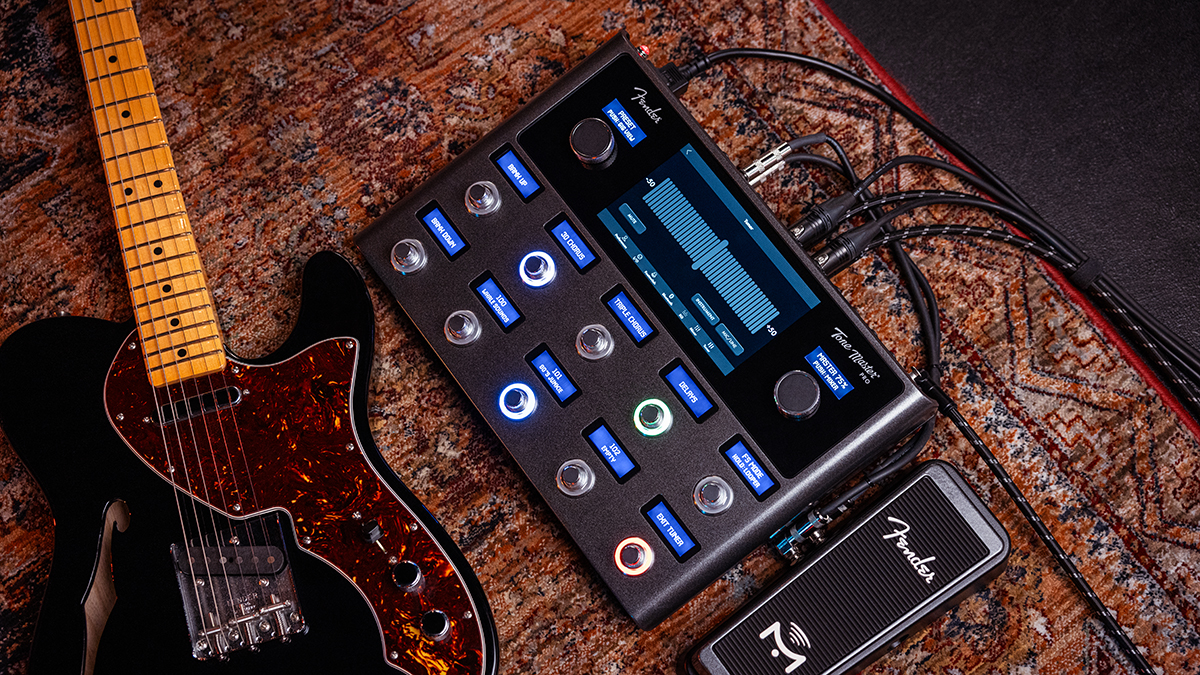
What kind of setbacks did you face in developing the Tone Master Pro?
“It wasn't just four years of straight development. We used AKM [digital to analog converter chips] for our codecs, then the AKM factory caught fire in Asia and they stopped making them; so we had to switch something else.
“Then, in the chip shortages of the pandemic, we had to switch a couple of different things and relay our boards. There was a lot of it. It was almost like an action film, you had to be like completely, ‘Okay, now what?’ when we were having to navigate this course.
“But in the end [it’s worth it because], it's a platform, not a product. I have great tube amps that I love – but you get a tube amp, and that's what it is. Maybe the cabinet dries out, maybe the speaker plays in and gets sweeter. But it is what it is. And it's going to do that forever.
“The Tone Master Pro will continue to have firmware updates and add features. If you bought one this year, in two years, your product will get better and it will do more – and that's super-exciting.”
Expanding the Tone Master
What can we expect from the Tone Master Pro updates down the line? I know there's talk of an app at some point.
“Yeah. I mean, if you just look at a very base level, there's different delivery systems [in terms of the physical unit]: is there an expanded one? Is there a smaller footprint version? Is there a native version? You know, all of these things. You end up with a modular beast.
“And then, of course, there's more voices, more sounds, more tones, all that stuff, but then there's a list that's sheets and sheets long of new things that can continue to be added. So, right now, we're kind of battling through prioritizing what those things are going to be.
“We're also starting to hear, now that they're out there in the wild, what players want. And so really, we want to make this community and we want to crowdsource what's important to people, instead of just giving them what we think. Whether that’s being able to do rooms and stuff like that, and, you know, a bunch of different things…”
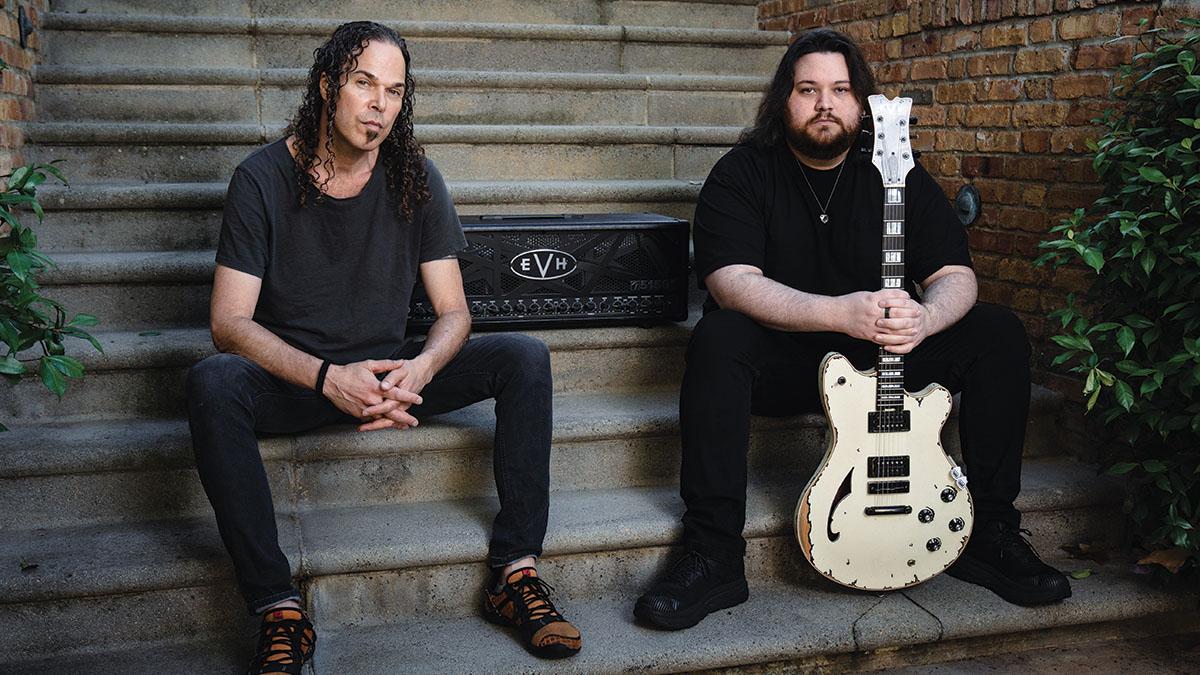
The Tone Master Pro also marked the first time that EVH Gear agreed to license a digital model of its amps. What were those conversations like?
“It was important to us. EVH's tones are always the most sought after on anything that approximates [that time]. Whether it's the ‘brown sound’ or other, later sounds, like the 5150s. And that, we felt, would be something that as a benchmark, people could really go, ‘OK. They did the work.’
“It was a very big thing, and I think it opens a door for EVH [Gear] as a brand, to kind of step into the digital realm and I think that that's something that's very interesting, but of course, the camp is very protective, and has extremely high standards. So it's gotta be great. It's not just like, ‘Hey, we're friends. Put my name on this.’ That's not how it works. So it was a definite back and forth, a lot of listening and styling and tweaking.”
“[But the effort upfront has been worth it]. I think that's been an awesome thing, whether it's Satriani on The Howard Stern Show or just seeing this pop up fast [elsewhere]. It's not having to do six months or a year in someone's home environment till they feel confident with it.
“They don't have to spend six months programming it arduously in some dark room. Literally, people would get one, and in 48 hours they were using it and had dialed in the sounds they needed. So I think that that's huge.”
It's telling, as well, that some of those players are tube devotees and this is the first time that they've really taken out a modeler. It’s a crossover point.
It's not binary now: it's not, ‘You play this or you play tube amps.’ It's, ‘What works for this use case, or in this environment?’
“I think it's like when I talked about different vehicles or vessels. It's not binary now: it's not, ‘You play this or you play tube amps.’ It's, ‘What works for this use case, or in this environment?’
“Like, ‘I'm going to do this short run of dates that are fly dates, and I'm going to take this thing with me. But when I do my major thing, I'm going to use my tube amps. Or if I'm demoing, I use this thing, because I can quickly dial stuff up and USB-C out of the back, right into my DAW.’
“The expectation is not that it replaces everything for everyone with an iron fist. It's really just another tool, you know, and a very versatile one. But however it ends up being used, it's awesome.
“All of us [have been experimenting]. One of the main guys who designed it, Max Gutnik, played his first gig with it and even his wife was like, ‘Are you gonna bring your amp?’ Like, just in case, or as an A/B box – and he was like, ‘No, I'm just going and I'm gonna do it!’
“I did my first gig with it and, initially, when I played it, I was like, ‘It feels weird to not have the amps and everything there.’ But it was awesome. And it was so easy that it’s probably all I'm ever gonna do [from now].”
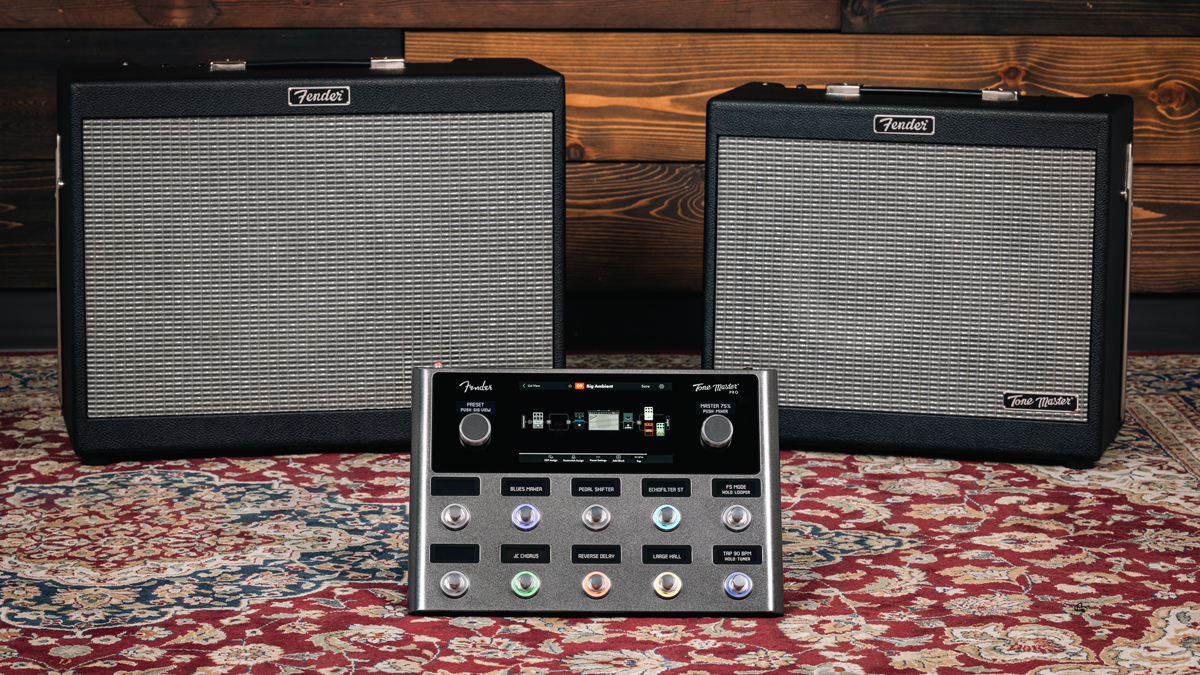
When Fender first showed us the TM Pro, one of the things that caused the biggest stir in the room was the amp-styled FRFR speaker. It seemed so obvious, once we'd seen it, but we were left thinking, ‘Why on Earth hasn’t a big firm made a full-range speaker that looks like a guitar cab before?’
“Yeah, guitar is interesting. There's a lot of – ‘traditionalism’ is too negative a term. That sounds closed off – but there's a reverence for the iconic stuff. And just because it's a full-range, full-frequency speaker, it doesn't mean it has to look like a PA.
“To us, it just made a lot of sense. And we definitely thought of it as not only pairing with a Tone Master Pro – this is obviously a viable category [in its own right] and it's obviously something that people are using.
While we just did the Tone Master Pro, one of the most successful things we’ve done in guitars in the last couple of years was the American Vintage II. So there's this combination [where] people could play the most dense, techy rig, but they're still gonna play a ’51 Tele reissue through it
“It made sense, too [from a design perspective] – it makes you feel less unmoored, when you're dipping into this technological realm. Like, I used two of them when I was playing and even though your tones are dialed in on the unit, in different rooms or with a couple guitar players, you just want to go over to the thing and not have to be tapping screens and changing your patches, when you could just cut a couple of frequencies, or boost something. It makes it feel like you're still playing analog amps.
“So it’s looks, it’s performance and how we use it. And, while we just did the Tone Master Pro, one of the most successful things we’ve done in guitars in the last couple of years was the American Vintage II. So there's this combination [where] people could play the most dense, techy rig, but they're still gonna play a ’51 Tele reissue through it.”
Just finally on the Tone Master/FRFR speaker front. Is a tweed cabinet option in the pipeline?
“Definitely. That's definitely on the list and in the conversations, for sure. And I think that we’re not done on the amplifier side of the Tone Master – we’re gonna continue to do [head/combo format] amps, including tweeds, on that platform, as well. So yes.”
Wars, tariffs and... tube amps
The next question is what this means for Fender’s tube amp plans. It seems safe to assume tube builds will continue to feature in the upper echelons of Fender's lines. But what does the future hold for the mass-market tube amp?
“I think that the tube amp, the best thing I could equate it to is vinyl against streaming. For purity of form, it is the original thing – and the way that it responds and works and everything. But we're also getting into a lot of lower volume environments. So the [time] where a stack or a half-stack was the norm [is over]...
“But we're gonna make tube amps as long as there are tubes – and that includes NOS tubes, or whatever are available. The supply of tubes is really going to be the thing that drives it.
“It is our origin story. Even before we get to guitars, amps were our first thing and we're committed to them as long as we can make them. But it's continuing to get niche-y, because it's just for the upper echelon – the cognoscenti.
“There was, at one point, no substitute for a tube amp but as digital gets better and better that part is kind of out [of the argument]. Now it's really about the experience of a tube amp.
“Your iPhone tells you what time it is, but there are people that love a mechanical watch. You don't need that. You can tell time a million ways, but you like a watch and you like what it represents and you like all the craftsmanship. That's where tube amps are, I think.”
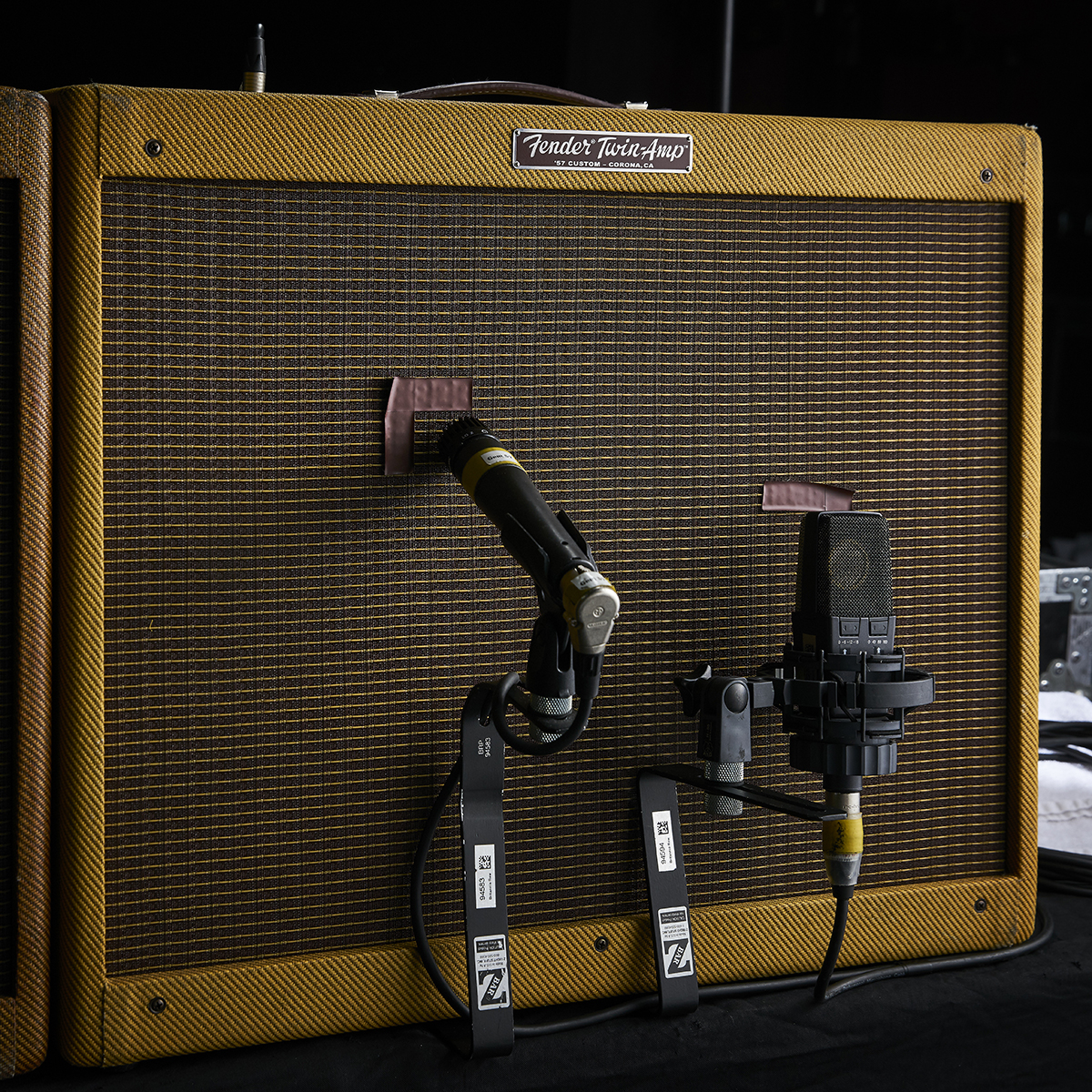
Can you outline your experience in trying to get hold of tubes in the past few years?
“For sure. There's really like three or four places that make tubes. There's Eastern Europe, there's Russia, there's China – and, actually, the Western Electric Company is starting to make them [as a considerably pricer US-made alternative - Ed]. So there could be people that start to make them.
“We have our supply pretty dialed. However, yeah, it is increasingly challenging and it depends on the global supply chain. When we had concerns during the supply chain [crisis], it would be like the factory could make tubes, but the glass comes from Germany, and they couldn't get the glass – and that's goes back up the tree to the silicon that makes the glass.
“When things were really disrupted, it was really problematic, because there could be one small thing that was preventing us from getting anything. And that's tough. Or you’d get a ton of preamp tubes and no power tubes.
“So balancing that's really hard, but the industry has kind of settled. I don't think there's enough volume [or demand] for four more factories to start making tubes. They're really hard to make, it's not a clean process and you can't make them everywhere, you know?
“So tariffs, wars, all of those things in those areas are problematic. We get most of ours from Slovakia. But when we think five years out: ‘What will the state of tubes be?’ has been on that list for the last 25 years… keeping us up at night.”
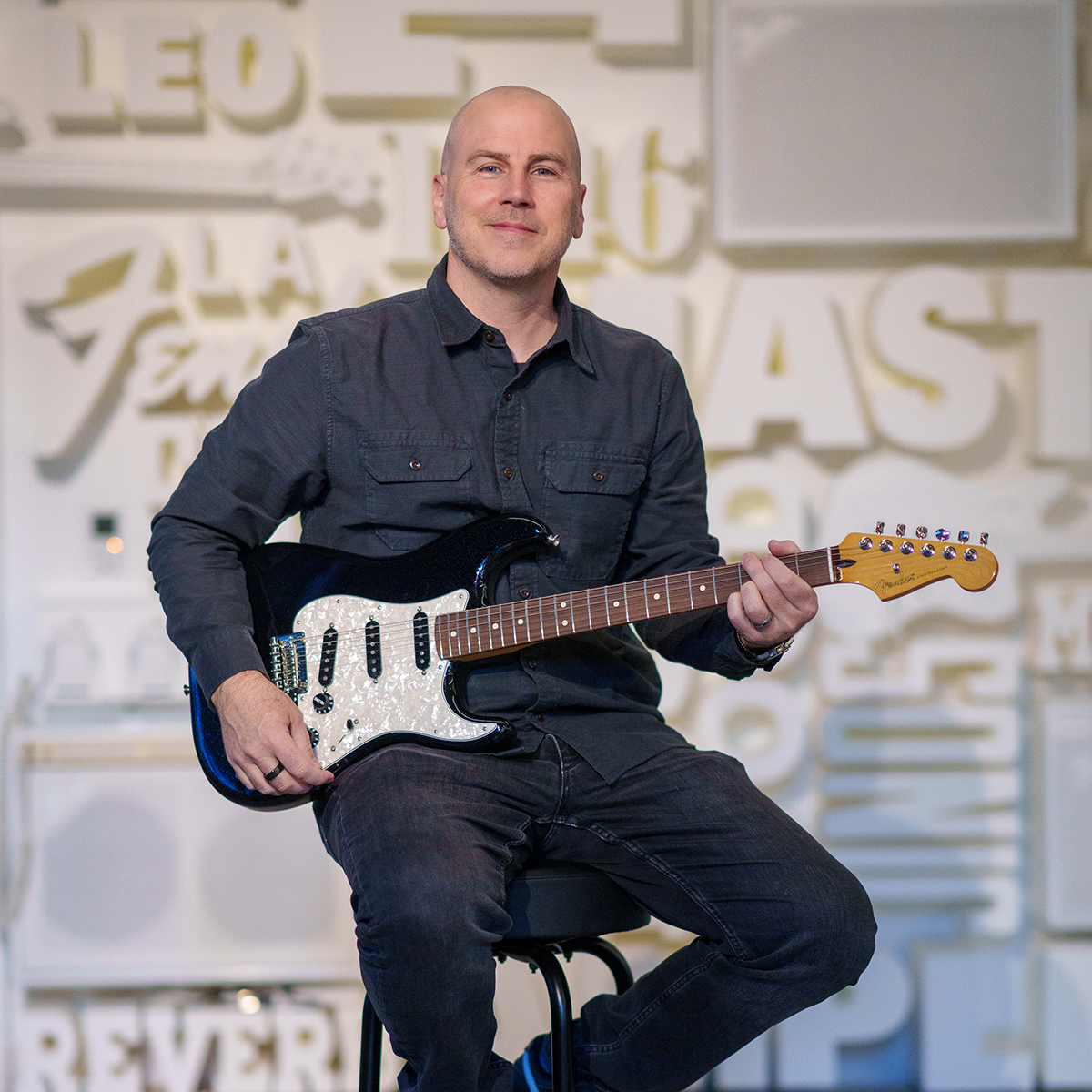
From pandemic to premium offshore
Relatedly, I want to discuss changing prices in the guitar market. Last year, Fender’s CFO revealed the firm had $100 million in retail sales canceled in 2022, which it successfully navigated to have its second-best year on record. Where did that hit hardest? Was it that post-Covid drop in entry-level guitar demand?
“Yes. The pandemic was a boon across the whole thing [in terms of sales]. But, overall, it was really focused on the low-end. [At the start] no-one was shipping and, if you had a guitar, it was sold.
“And then everyone started shipping and so literally, if you're a store, [you’ve suddenly got] 18-wheelers backing up from the factory with a truck full, like, 'Hey, these are the guitars you asked for...’ And it's like, ‘I didn't need all of them all at once!’, you know?
Even though there have been recent price increases, keeping guitars affordable and in the hands of people has been a massive priority and challenge of ours
“So that was problematic. Then, into 2022 and ’23, you get the middle [tier demand] soften a little bit and the high-end's strong and the low end rebalanced itself. It's a tide that kind of goes in and out and it ebbs and flows.
“The inflation thing is hyper-real. And I know that there's commentary about our prices over the years. [But equally] it's amazing how inexpensive guitars continue to be compared to other things that are crafted the way they are.
“If anyone took an inflation calculator and ran what a ’54 Strat was with a case, in ’54 it would be double the price of an American Professional. So even though there have been recent price increases, keeping guitars affordable and in the hands of people has been a massive priority and challenge of ours.
“There's just been a period where, really, we were able to not increase things for many years and people get used to that. And then at some point, it's wood, it's metal, it's labor – wanting to pay the people who build our guitars more – and all of these things come together, and create that environment. But I would say, across the board, as far as looking at it over time, we're in a really good spot.”
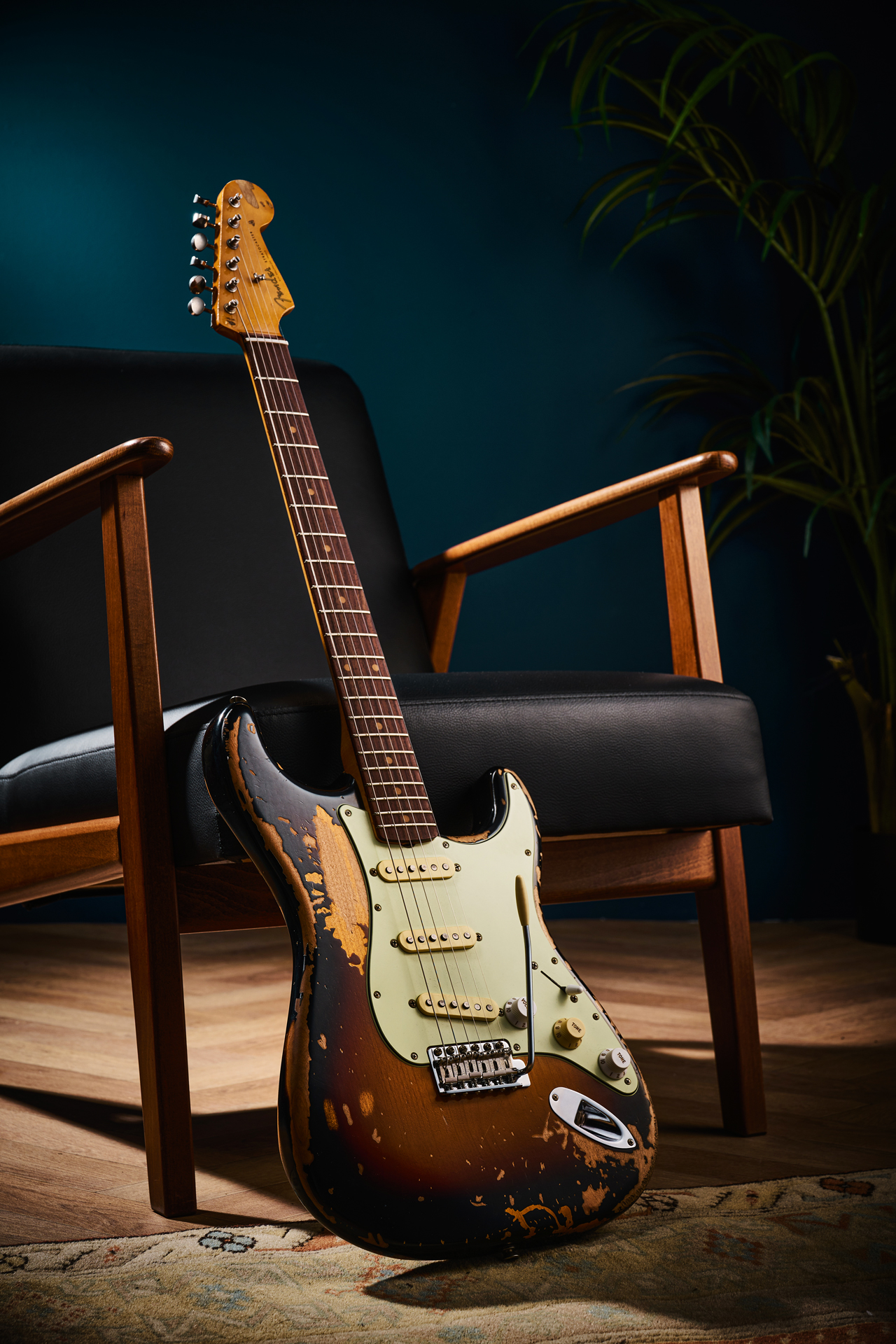
One of the big trends that really became apparent last year was this idea of the ‘premium offshore’ build. Fender has been, in some ways, ahead of the curve on this. You've had the Ensenada facility in Mexico for decades, plus Fender Japan. Why do you think we’ve seen this rise in high-spec foreign builds?
“At its simplest level… people have just, over time, improved. [There’s been] continuous improvement of the process of the craftsmanship, using similar machinery. Good wood and a CNC machine – and the right finishing and setup – has democratized some of that.
“The country of origin is important, especially with certain manufacturers, like us, where it's the soul of [it] – ‘The American-made Fender’ in California hits you in the soul as much as it hits you in the build. But I think that there's an advantage in an owned factory, where you can control your own improvements and things that are specific to your style of build.
“So there's an in between. Like us having Mexico. We have people that go from [California]. Master Builders will drive the three hours down there and they can impart all kinds of wisdom and keep moving that ball forward.
“If I think of a Mexico guitar from 1987 and the Mike McCready [Strat], it is completely light years away… So I think that just opens the aperture: premium offshore stuff just gives people another choice.”
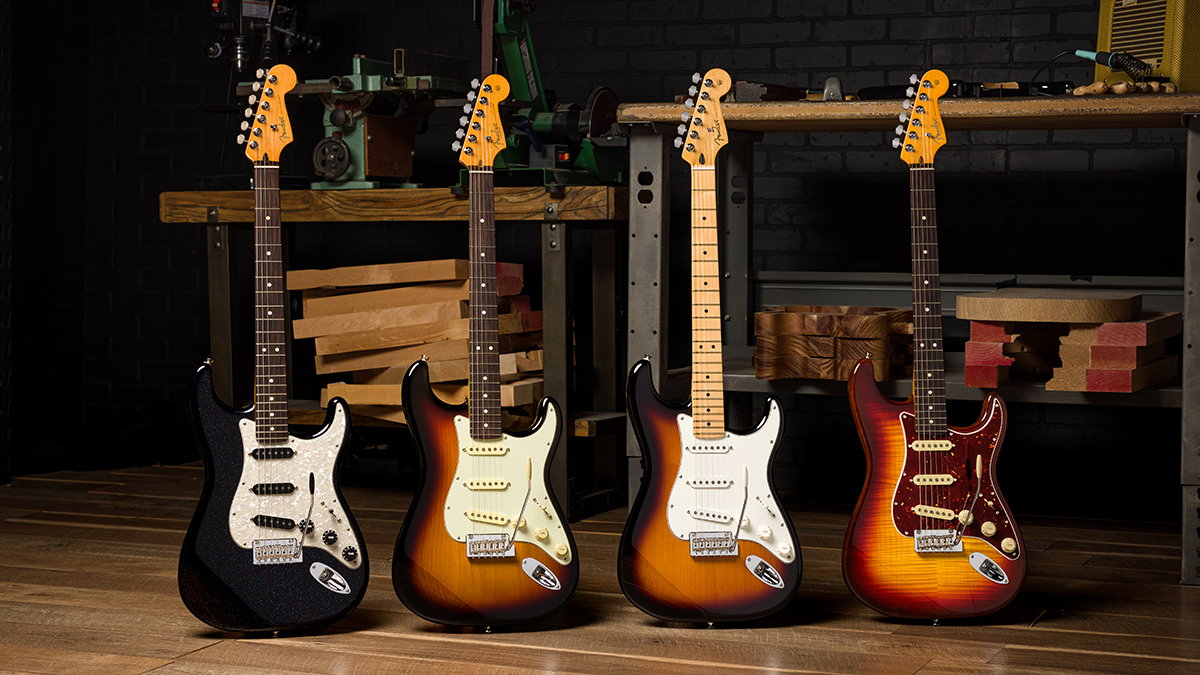
70 years of the Stratocaster – and a healthy paranoia
I can't let you go without talking about the 70th anniversary of the Strat. How is Fender thinking about that as 2024 rolls out?
“Well, we never ran into an anniversary we didn't like! But the thing that I like about an anniversary is it is not just the history lesson and the harking back, it's the opportunity to revisit this form. Most things, 70 years on, look way different and the idea that this unspoiled design endures and retains relevance is super interesting.
“Why is a Strat killer? Because you can play country, punk, metal, funk, blues, whatever on a Stratocaster. You sound like a Stratocaster. But you sound like yourself. You can hear Stevie Ray Vaughan, you can hear David Gilmour, you can hear any amount of people. And you'd be like, ‘I know who that is, but I also know it's on a Strat.’ That transparency and that beauty [means] it continues to be a relevant tool.
The Strat is the most popular, most copied, most identifiable, most versatile-sounding and looking instrument and it's had so many lives
“And we’re not just making the same Strat that we used to – I mean, we do in the Vintage Series – but an Ultra Luxe is not, by any stretch of the imagination, the same as a ’54 Strat.
“So there’s all kinds of stuff that’s coming out that throughout the year that will kind of tap on [the Strat format]: a really state-of-the-art Strat, a really vintage-focused Strat and different elements within that design language – celebrating Antigua in the ’70s, to a ’54 Strat, to new, crazy finishes at our highest level that we haven't done before. All of the different permutations that a Strat can take, but still be this thing.
“It’s the most popular, most copied, most identifiable, most versatile-sounding and looking instrument and it's had so many lives. It’s gone in and out of vogue. No-one was looking at the Strat when Yngwie picked one up in ’86, you know? Everybody had left the Strat behind after Hendrix.
“It’s just this thing that just continues to reinvent [itself] and get rediscovered. I think that’s awesome and it’s a great metaphor or analogy for guitar playing and the industry as a whole.”
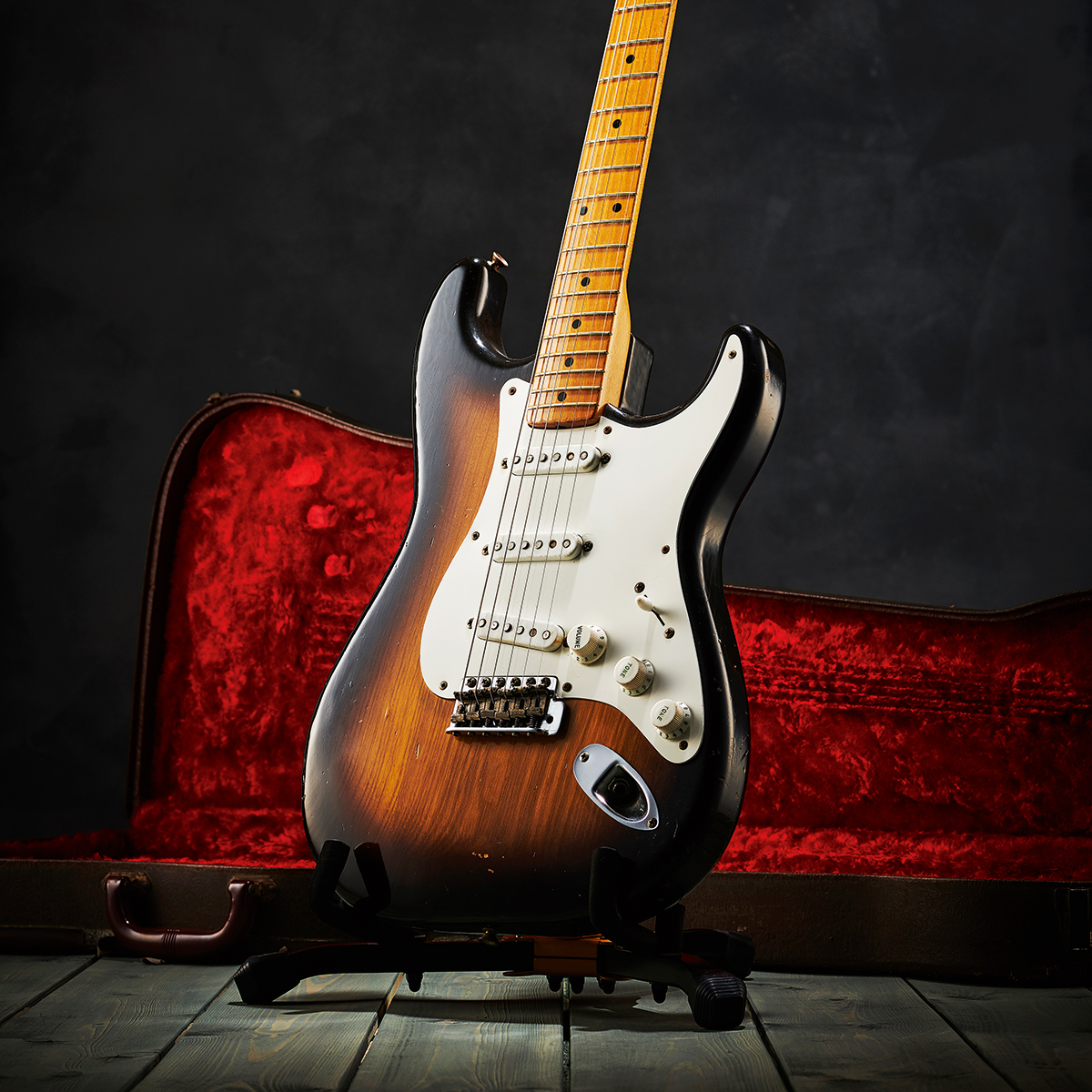
Finally, it's the Strat – for all the reasons you said – but, just like the railroads you mentioned, history is full of businesses that mistakenly thought there would be ever-lasting demand for their products. Is the Strat’s longevity just a given in Fender’s discussions at this point?
“No! No, it’s important [to say]: I have under my desk in the office the C.B.S. letters – the metal letters from the building from the ’70s – that were on the Fender factory. We don't take anything for granted. That's what I think drives us.
“We could just be doing vintage reissues and be focused that way. But we're always talking to new artists, new players, like, ‘What do you like? What do you not like? How do you use it? What doesn’t work? What does work?’
That's what gets us out of bed every morning: how do we continue to iterate on this platform that we're so honored and lucky to work on?
“It is a very delicate dance. The term we use is ‘coloring inside the lines’. Because you don't want to upend the design and the things that people love about it. So how do you evolve it? Sometimes if you just move the volume knob, like a little closer or farther away, people will cry blasphemy!
“So we are always cognizant of everything that's great about the Strat, but we don't take anything for granted in terms of it just being a given. And that's what gets us out of bed every morning: how do we continue to iterate on this platform that we're so honored and lucky to work on?
“The heavy work is how do you avoid being in the next coffee table book where it's like, ‘And then these years arrived and things went that way…’ That's the paranoia that keeps us healthy!
“But [the Strat] is just a great tool that works. I wasn't alive [when it was created] – none of us can claim a hand in the invention of it – but we can claim a hand in the continued stewardship of it.”
To browse the full extent of the extensive current catalog overseen by Norvell, head to Fender.

Matt is Deputy Editor for GuitarWorld.com. Before that he spent 10 years as a freelance music journalist, interviewing artists for the likes of Total Guitar, Guitarist, Guitar World, MusicRadar, NME.com, DJ Mag and Electronic Sound. In 2020, he launched CreativeMoney.co.uk, which aims to share the ideas that make creative lifestyles more sustainable. He plays guitar, but should not be allowed near your delay pedals.
